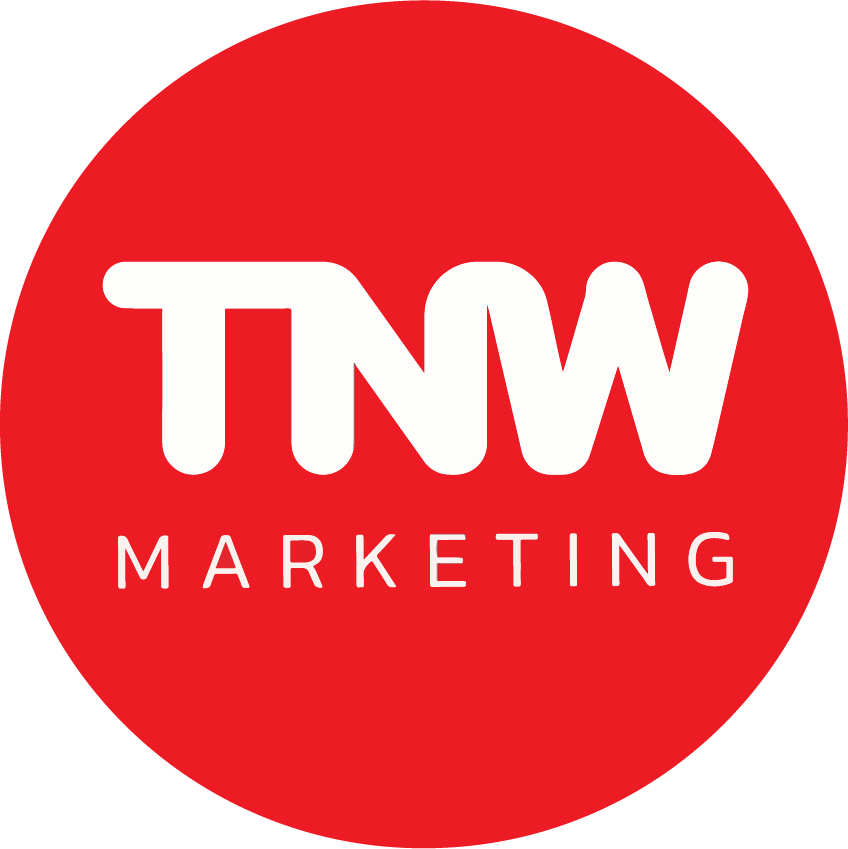Transform Healthcare Accounts Payable with AP Automation Solutions

When seeking a payables provider, it’s important for healthcare organizations to find an automated solution that offers multiple payment types and integrates into existing back-office systems and bank accounts. Healthcare organizations often face a flood of invoices from multiple sources — suppliers, service providers, and internal teams. As a first step in moving toward an optimized accounts payable function, organizations should spend time evaluating their current state and seeing where opportunities may lie.
Business credit cards

Timely and accurate payments https://www.bookstime.com/articles/what-is-a-business-credit-card are fundamental to maintaining healthy relationships with vendors. Automated AP systems facilitate this by enabling electronic payments, which are faster and more reliable than traditional checks. Additionally, features like dynamic discounting allow healthcare organizations to take advantage of early payment discounts, benefiting both the provider and the vendor. Such advantages are particularly important in the healthcare industry, where the timely availability of medical supplies and services can directly impact patient care. Manual AP processes are still prevalent in many healthcare organizations.
The Douglaston Companies
Has your business implemented proper internal controls into its accounting process? If not, you may be opening yourself up to significant financial risk — a… Reductions in mortgage insurance premiums for FHA Multifamily Insurance Programs aim to streamline costs and requirements for FHA transactions. Centralized processing and independent control systems minimize chances of internal fraud issues. MHC NorthStar’s seamless automation removes the potential failure points and enhances your AP workflow. Take advantage of next-generation OCR technology that ensures your information is captured quickly, successfully, and accurately.
![]()
AI technology brings wholesale CDI benefits to Intermountain Health

Unlike in other industries, healthcare organizations tend to receive payment for services months after that service has been provided, as you wait on insurance processes and approvals. Therefore, ensuring that you have a true understanding of your organization’s outstanding liabilities is vitally important and the only way to get visibility to your overall cash flow. Payment errors, including duplicate payments, overpayments, and underpayments, are common challenges in healthcare AP departments. With hundreds or even thousands of invoices processed each month, manual systems are particularly vulnerable to errors. Duplicate payments or overpayments can result in significant financial losses, while underpayments may strain vendor relationships and disrupt supply chains critical to patient care. The healthcare industry operates under constant pressure to deliver exceptional care while maintaining strict regulatory compliance and operational efficiency.
- For a more in-depth look at these processes, you might find this guide to purchase orders helpful.
- To help separate fact from fiction, we’ve debunked the top five AP automation myths we hear from providers in a recent blog.
- For many healthcare organizations, accounts payable remains a mostly paper-based endeavor.
- It constrains the purchase to a given amount and is not susceptible to being physically lost or stolen.
- What’s more, 36% still receive paper invoices, while 16% use wire transfers, which often carry hefty fees.
If the fee is 1.5 percent, for example, that adds up to real money that the organization is not going to get. Essentially, with a poorly managed AP process, you’re jeopardizing patient security and throwing money that could be spent improving your health system out the door. Outstanding payments from patients or insurance companies for medical services rendered, which can create a financial burden if left uncollected. Cevinio’s AP Automation platform is designed to integrate seamlessly with leading ERP and accounting systems, including SAP, Oracle, Microsoft Dynamics, and more.

We’re transforming accounting by automating Accounts Payable and B2B Payments for mid-sized companies. A healthcare accounts payable clerk will review invoices from vendors to ensure accuracy and validity, process payments, analyze invoices, and more. Your system of accounts payable dictates the way you pay your vendors, suppliers, and other bills – from your mortgage or lease to goods and utilities. That invoice should get matched up against https://charterdebtrelief.com/banking-sector-income-statement-line-items/ a purchase order, if applicable. Depending on your organization, an accounting department head, doctor, nurse, or community manager approves the invoice.
- If you fail to incorporate this step before a patient encounter, your accounts receivable will add up and you could end up with higher claim denials and financial loss.
- This step is crucial for transforming unstructured data from invoices into structured data that can be further processed and analyzed.
- Audit trails and secure storage give you peace of mind, knowing that unauthorized payments and potential breaches are kept at bay.
- Electronic health record (EHR) systems, medical billing software, and other technology-driven solutions that streamline operations, improve efficiency, and enhance patient care.
For more insights into optimizing financial processes, explore this guide on the role of accounts payable in cash flow management. Efficient management of these components is essential for reducing operational costs and improving the organization’s financial health. For a more in-depth look at these processes, you might find this guide to purchase orders helpful. Virtual cards are the next step along the evolutionary path, and they have been popular among both providers and suppliers for the past 10 years. These cards involve a one-time use, auto-generated credit card number that the accounts payable department sends to the supplier. This option also offers rewards and rebates and is known to be a secure method for exchanging payment.
Tailored Solutions: Customizing Orders on Medical Supplies Marketplaces
Automate your invoice payments to occur on a particular day and optimize healthcare department budgets. Once a healthcare provider submits a claim to healthcare accounts payable automation a payer or bills a patient, the A/R process starts. After you receive the payment for your rendered service against a claim, the account is no longer in A/R.
There has been an increasing number of mergers and acquisitions in the healthcare industry, and gone are the days of the small, rural doctor’s office. As a result, a growing number of hospitals and smaller businesses are part of a system of facilities run by a central office. See how forward-thinking finance teams are future-proofing their organizations through AP automation. Your AP team can track the payment process from start to finish and identify bottlenecks to target areas of improvement.

